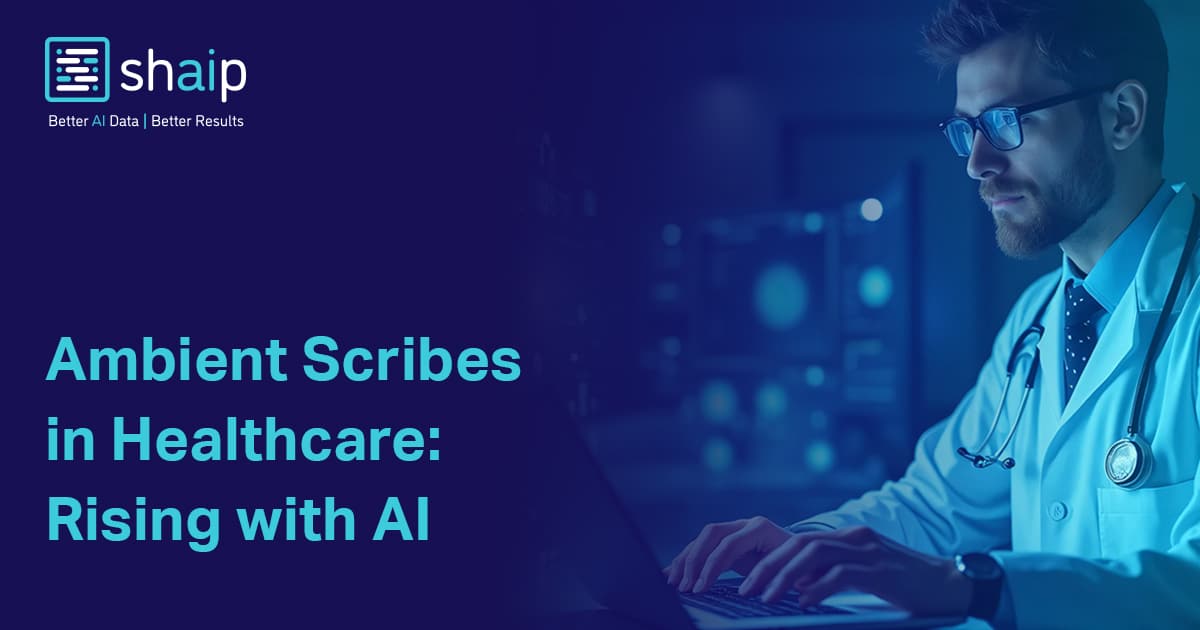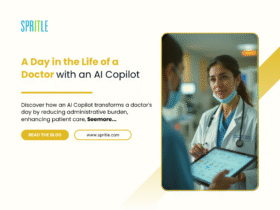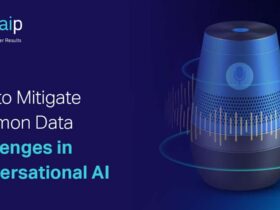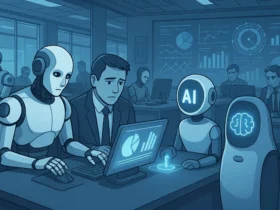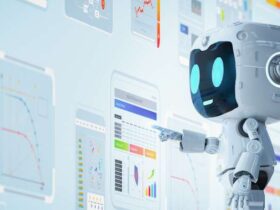Transforming Clinical Documentation Through Intelligent, AI-Powered Scribe Technology!
The medical and healthcare industry is rapidly embracing digital transformation, with artificial intelligence at its forefront. One of the most groundbreaking innovations is the emergence of ambient scribe technology—AI-driven tools that automate clinical documentation by actively listening, transcribing, and organizing interactions between patients and providers as they happen.
Physicians currently face burnout from administrative work, which AI medical scribes provide as an efficient and scalable intelligent solution. Companies like Shaip are at the forefront, offering robust medical data annotation and synthetic audio solutions that enhance the accuracy of ambient scribing systems.
What is Ambient Scribe Technology?
Ambient scribe technology refers to AI systems that passively capture doctor-patient interactions, transcribe them in real-time, and structure the data into usable clinical notes within electronic health record (EHR) systems, without interrupting the consultation process. This innovation:
- Reduces clinician workload (Icon)
- Enhances patient experience (Icon)
- Increases EHR accuracy (Icon)
- Minimizes documentation time (Icon)
It integrates Natural Language Processing (NLP), Automatic Speech Recognition (ASR), and Machine Learning (ML) to develop advanced, context-sensitive transcription solutions.
The Need for Medical Scribe AI Solutions
According to studies conducted by Ammenwerth and Spötl, through their work-sampling analysis, physicians spent approximately 26.6% of their daily working time on documentation tasks and 27.5% on direct patient care. (Source)
AI-powered medical scribes solve these problems by:
Role of Medical Data Annotation in Ambient Scribe Systems
High-quality, annotated data is essential to train AI to transcribe clinical conversations. This is where Shaip’s medical data annotation for ambient scribe technology becomes critical.
Types of Annotations Used:
| Annotation Type | Purpose |
|---|---|
| Speech-to-text alignment | Ensures audio segments match the transcript |
| Entity tagging | Identifies medical terms, dosages, and symptoms |
| Speaker diarization | Differentiates between doctor and patient |
| Clinical intent labeling | Clarifies action points like prescriptions or follow-ups |
Case Study: Synthetic Audio Generation for Transcription
Shaip collaborated with a leading health tech company lacking diverse clinical datasets to train its ASR model. Their solution:
- Generated synthetic audio datasets with realistic doctor-patient dialogues
- Added accurate transcriptions and annotations
- Covered 30+ specialties, multi-accent and multilingual capabilities
Results:
- 98.5% transcription accuracy
- 40% reduction in time-to-market for ASR integration
- Scalable training data that met HIPAA and GDPR compliance standards
This demonstrates how Shaip’s synthetic audio generation and data labeling fuel real-time transcription and ambient scribe solutions across complex healthcare ecosystems. Please click here for complete details on this project.
Advantages of Clinical Documentation Automation
With AI-powered ambient scribe technology, healthcare providers can unlock many operational and clinical benefits beyond transcription.
The combination of advanced technologies in medical scribe systems is a valuable resource for healthcare systems, aiming to boost productivity through cost reduction and provide high-quality care across large patient populations.
Shaip’s Edge in Ambient Scribe AI
Shaip is uniquely positioned with extensive domain expertise, proven healthcare partnerships, and end-to-end AI training data capabilities to power scalable ambient scribe solutions. Shaip is uniquely positioned with:
- Domain-specific annotators trained in medical terminology
- Multilingual and multicultural data capabilities
- End-to-end AI data pipeline: from collection to de-identification
- Experience across HIPAA-compliant environments
- Capability to deliver real-time annotated voice and text data for continuous AI model improvement
Whether medical data annotation or automated clinical transcription, Shaip’s AI data solutions are designed for performance, accuracy, and compliance.
Conclusion
Ambient scribe technology is reshaping the way clinicians manage patient data. As AI-driven solutions become increasingly innovative and accurate, Shaip’s contributions to data annotation, transcription accuracy, and synthetic audio generation will play a vital role in scaling these innovations.
Are you ready to build more imaginative ambient scribe solutions? Contact Shaip for precise, HIPAA-compliant AI data solutions.



